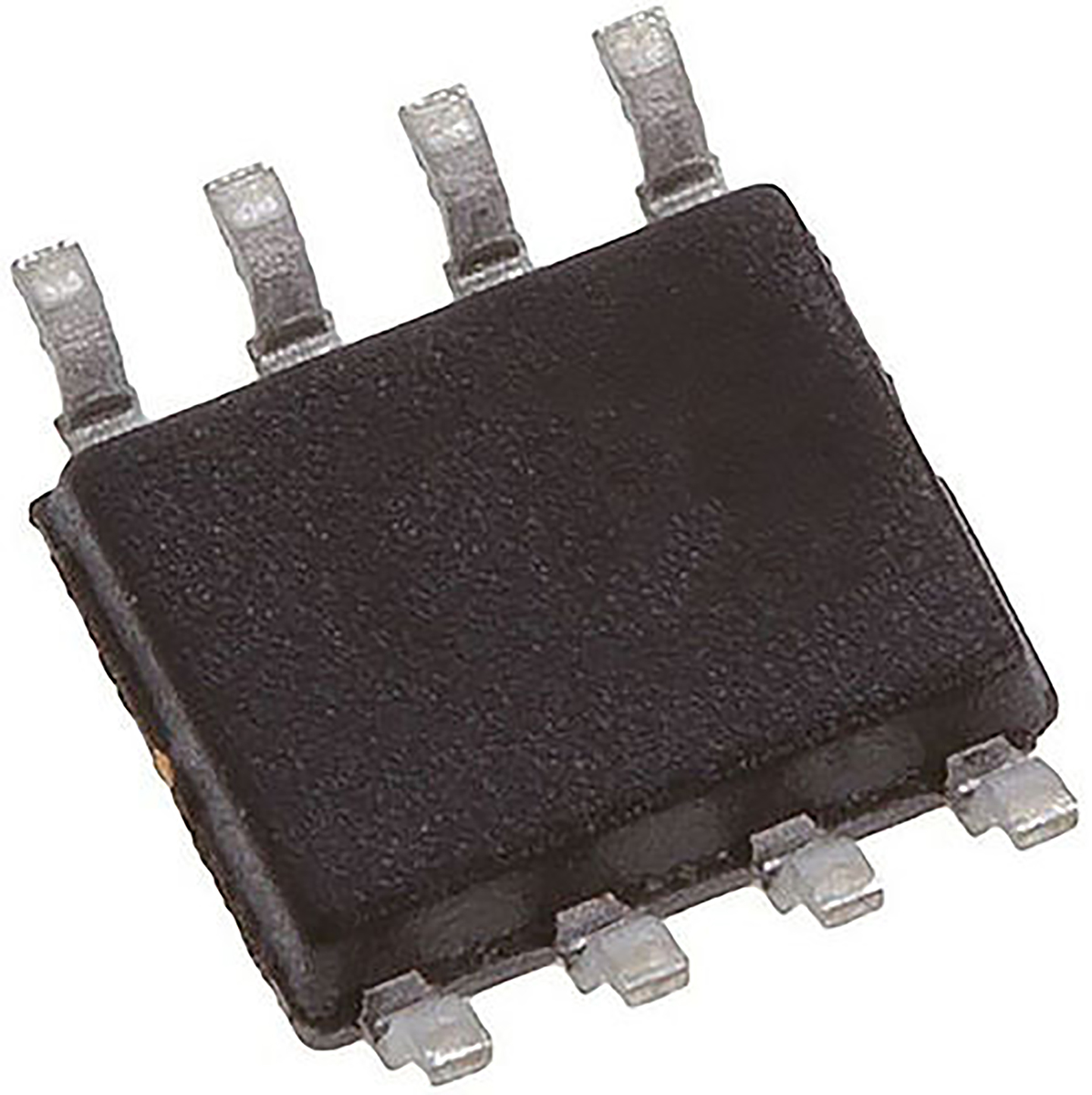How Does Power Factor Correction Improve Energy Efficiency and Cut Costs?

Strong 8k brings an ultra-HD IPTV experience to your living room and your pocket.
Introduction to Power Factor and Its Importance
Power Factor Correction (PFC) is a crucial concept in electrical and power systems, particularly in industrial and commercial applications. The power factor measures how effectively electrical power is converted into sound work output. It is defined as the ratio of real power (in kilowatts, kW) to apparent power (in kilovolt-amperes, kVA). A low power factor results in increased energy losses and higher electricity bills, whereas a high power factor indicates the efficient utilisation of electrical power.
When electric motors, transformers, or fluorescent lighting operate, they often draw not only active power but also reactive power, which does not contribute to practical work. This reactive power can cause inefficiencies in the system. Power Factor Correction is a technique used to improve the power factor and ensure optimal energy usage in a facility.
Why Does Power Factor Need Correction?
Poor power factor can lead to several complications, especially in systems with inductive loads. These include:
- Higher electricity bills due to penalties imposed by utility providers for low power factor
- Reduced capacity in the electrical distribution system
- Overheating of cables, transformers, and equipment
- Increased carbon emissions due to energy waste
- Unreliable voltage regulation, causing system instability
Correcting the power factor not only improves the energy efficiency but also enhances the overall system performance and reliability.
How Does Power Factor Correction Work?
Power Factor Correction involves adding electrical devices that provide reactive power to the system, counterbalancing the reactive power drawn by inductive loads. The most common solutions for PFC include:
- Capacitor Banks: These are used in parallel with inductive loads to offset the lagging current and improve the power factor.
- Synchronous Condensers: Rotating machines that provide reactive power dynamically.
- Active PFC Devices: Electronic circuits that shape the input current waveform to match the input voltage, especially in power supplies and electronic equipment.
By supplying the needed reactive power locally, these devices reduce the burden on the utility supply and improve efficiency.
Key Components Involved in Power Factor Correction
Several components are essential in building a reliable PFC system:
- Power Capacitors: Essential for static correction; available in single or three-phase variants
- Contactors: Switch capacitors in and out of the circuit depending on the reactive power demand
- Detuning Reactors: Protect capacitors from harmonics and resonance
- Controllers: Automatically monitor and adjust power factor levels
- Active PFC Modules: Integrated circuits for applications such as power supplies, computers, and industrial equipment
These components work together to monitor power usage, calculate corrections, and adjust the system in real-time.
Where Is Power Factor Correction Commonly Used?
Power Factor Correction is used in various sectors where inductive loads dominate:
- Industrial Facilities: Manufacturing units with large motors, conveyor systems, and heavy-duty machinery
- Commercial Buildings: HVAC systems, elevators, and fluorescent lighting loads
- Data Centres: Servers and backup power systems requiring efficient energy handling
- Renewable Energy Systems: Solar and wind inverters often require correction to stabilise grid interaction
- Public Infrastructure: Airports, hospitals, and utility substations benefit from stable and efficient electrical systems
Anywhere with high reactive power consumption can see tangible improvements with the implementation of PFC.
Benefits of Power Factor Correction
Correcting the power factor yields a range of technical and economic benefits:
- Lower Energy Bills: Reduces apparent power, decreasing the load on utility meters
- Increased Load Capacity: Frees up capacity in the distribution network for future expansion
- Enhanced Equipment Lifespan: Reduces thermal stress on electrical components
- Reduced Carbon Footprint: Promotes sustainable energy use by minimising waste
- Improved Voltage Stability: Helps maintain voltage levels within optimal operating ranges
- Compliance with Utility Standards: Avoids fines and meets energy-efficiency regulations
These advantages contribute to both short-term and long-term energy management goals.
Types of Power Factor Correction Techniques
Depending on the nature of the application, different correction methods may be used:
- Static Power Factor Correction: Involves connecting capacitors directly to the motor terminals. Simple but not dynamic.
- Automatic PFC Systems: Use microcontroller-based controllers to switch capacitor banks in and out automatically.
- Detuned PFC Systems: Include reactors to prevent harmonic resonance in distorted networks.
- Active PFC Systems: Often used in electronic circuits to maintain a near-unity power factor even under varying load conditions.
Each method is selected based on the specific needs of the load, voltage, and harmonic conditions.
Challenges in Power Factor Correction
While PFC systems bring many advantages, they can also face operational challenges if not designed correctly:
- Harmonic Distortion: Capacitors can resonate with network harmonics, amplifying distortion
- Overcompensation: Too much correction can lead to a leading power factor, which is also undesirable
- Space and Cost: Installation of large capacitor banks and controllers requires planning and budget
- Maintenance: Periodic inspection and replacement of components like capacitors and contactors is essential
- Temperature Sensitivity: Some components may degrade quickly in high-temperature environments
These factors require careful consideration during the design and installation process.
Future Trends in Power Factor Correction
As smart grids and renewable energy continue to expand, Power Factor Correction is evolving as well. Emerging trends include:
- Digital PFC Controllers: Intelligent systems with real-time analytics and remote monitoring capabilities
- IoT Integration: Cloud-connected devices that optimise power usage using AI and machine learning
- Modular PFC Units: Scalable systems designed for plug-and-play efficiency across varying loads
- Harmonic-Aware PFC: Integrated designs that account for nonlinear loads and mitigate distortions
These innovations aim to make PFC more adaptive, cost-effective, and environmentally sustainable.
Conclusion
Power Factor Correction is not just a technical necessity—it’s an essential strategy for sustainable energy management. By understanding how PFC works, the components involved, and its vast benefits, businesses and facilities can achieve operational excellence and long-term savings. Whether through simple capacitor banks or intelligent active PFC circuits, correcting the power factor ensures a more reliable, efficient, and eco-conscious electrical infrastructure.
Note: IndiBlogHub features both user-submitted and editorial content. We do not verify third-party contributions. Read our Disclaimer and Privacy Policyfor details.







